Bigleaf Maple Wood
- September 7, 2023
- 0 comment
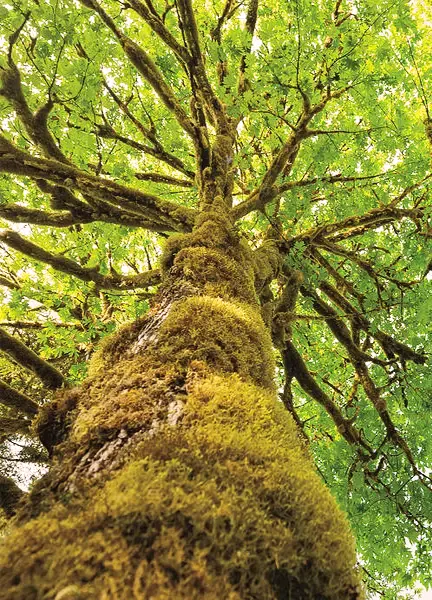
Bigleaf Maple (Acer macrophyllum) stands as a regal emblem of the Pacific Northwest, where its lofty presence graces landscapes from British Columbia to Oregon. Its grandeur, marked by towering heights and iconic broad leaves, captures both admiration and practicality. Beyond its aesthetic appeal, Bigleaf Maple wood is a versatile treasure, prized for its fine texture and creamy to pale yellow hues, sometimes kissed with a reddish-brown undertone. This wood finds its way into numerous applications, spanning from the crafting of elegant furniture pieces to the construction of durable outdoor decking, showcasing its adaptability and utility in the world of woodworking and beyond.
Texture
Bigleaf Maple wood exhibits a fine and even texture, characterized by its creamy white to pale yellow hue, occasionally adorned with a subtle reddish-brown undertone. This inherent smoothness makes it an artisan’s dream, lending itself to a wide range of woodworking projects. Craftsmen and woodworkers find it particularly appealing due to its ease of workability, allowing for intricate carvings and detailed finishes that result in a polished and lustrous surface.
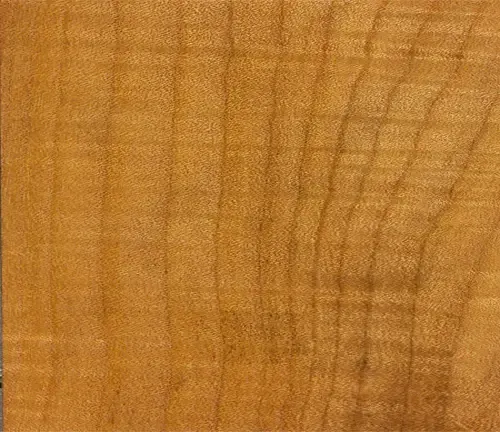
Bark
Bigleaf Maple bark, while not commonly used in woodworking, is noteworthy for its transformation as the tree matures. Young trees display a greenish bark that gradually evolves into a textured and fissured pattern as they age. The bark’s primary role is to protect the tree’s delicate cambium layer while also contributing to moisture regulation and temperature control, playing an essential part in the tree’s overall health.

Furniture
Bigleaf Maple wood is a cherished choice for crafting high-quality furniture, with its fine grain and creamy appearance adding an air of elegance to pieces ranging from dining tables and chairs to finely detailed cabinets. This wood’s durability and resilience make it suitable for both indoor and outdoor furniture, bridging the gap between aesthetics and functionality.
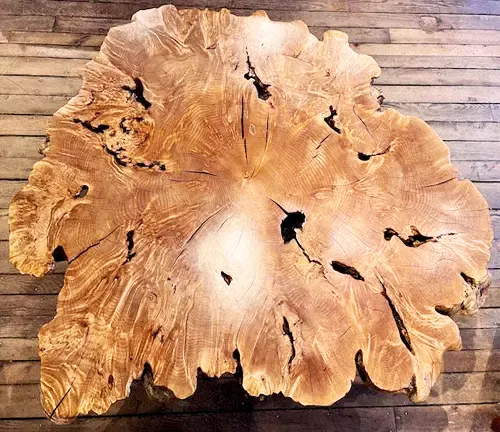
Weapon
Throughout history, Indigenous peoples of the Pacific Northwest have harnessed Bigleaf Maple wood’s strength, flexibility, and ease of shaping to create various tools, including bows and arrows. Its utility as a material for crafting weapons attests to its cultural significance and practicality in historical contexts.
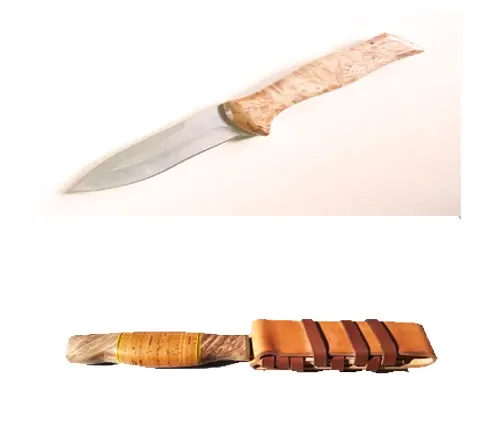
Firewood
Bigleaf Maple wood, distinguished by its dense composition and slow-burning characteristics, proves itself an exceptional choice for firewood. Its ability to generate high heat output and maintain long-lasting embers ensures a cozy and efficient wood-burning experience, although its application in this regard is somewhat overshadowed by its more versatile uses in woodworking.
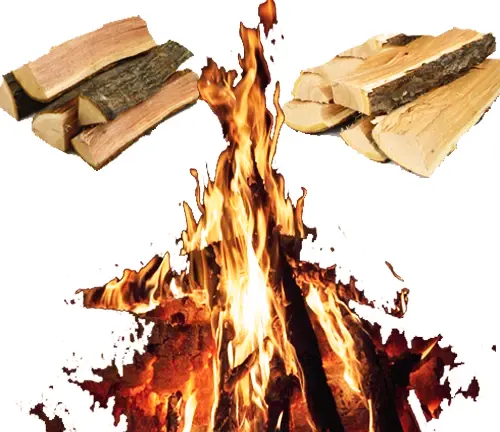
Construction
Bigleaf Maple wood finds a niche in construction, often gracing decorative elements like trim, moldings, and paneling. Its appealing grain pattern and workability allow builders to infuse a touch of sophistication into architectural designs, making it a sought-after option for those who appreciate both form and function.
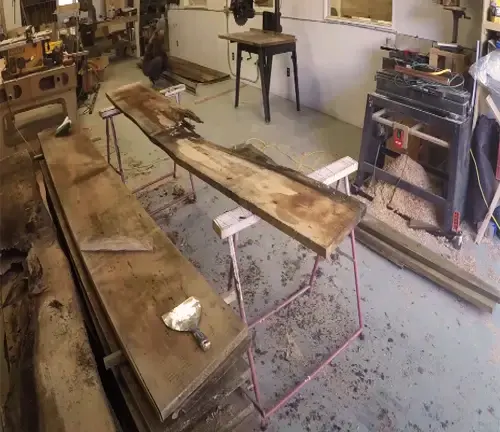
Plywood
The veneer derived from Bigleaf Maple is a favored component in plywood production. When rotary cut, it yields uniform and attractive sheets, making it a valuable resource for interior paneling, cabinetry, and furniture construction.
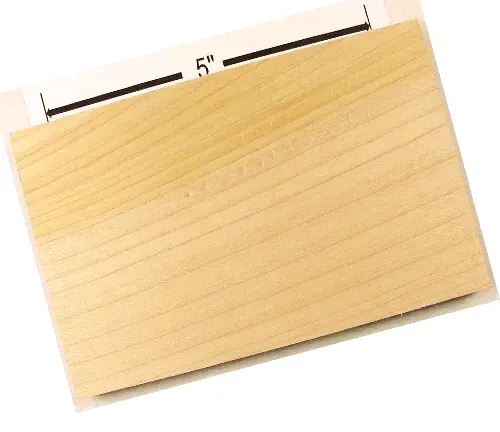
Board
Bigleaf Maple lumber, available in various dimensions and grades, caters to diverse construction needs. It serves as the backbone for everything from flooring to structural components in both residential and commercial buildings.
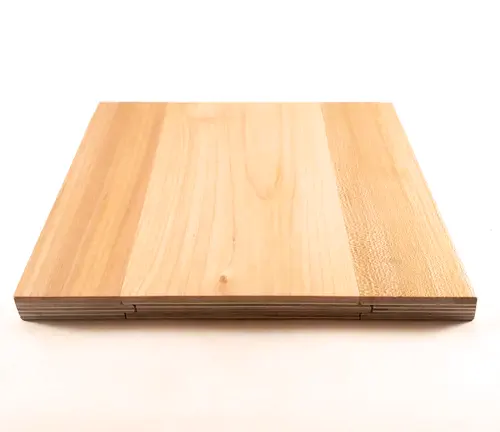
Railroad Cross Ties
Bigleaf Maple wood, though not as commonly used as oak or hickory, has carved a niche for itself in the realm of railroad cross ties. Its durability and remarkable resistance to decay make it a dependable choice for constructing these critical components of rail infrastructure. Bigleaf Maple cross ties provide a solid foundation for tracks, ensuring the safety and longevity of railway systems. While it might not be the most widespread choice, its unique blend of strength and resistance to environmental wear and tear demonstrates its reliability in supporting the weight and durability requirements of railroads, contributing to efficient and secure transportation networks.
Pallet
Pallets are the unsung workhorses of global logistics, and Bigleaf Maple wood plays an essential role in their construction. The wood’s resilience and moisture resistance make it an ideal choice for crafting these crucial platforms used for transporting goods. Bigleaf Maple pallets ensure that products remain secure during transit, contributing to the efficiency of supply chains while benefiting from the wood’s durability.
Cants
Cants, essentially large, square or rectangular logs, are instrumental in the timber industry. Bigleaf Maple cants find their place here due to their substantial size and strength. These cants are carefully milled from mature trees and serve as raw material for further processing, such as creating lumber, veneer, or even more intricate wood products. The stability and workability of Bigleaf Maple cants are invaluable in the wood processing industry.
Fencing
Thanks to its natural resistance to decay, Bigleaf Maple wood is a fitting candidate for outdoor applications like fencing. When stained or finished, its pleasing appearance adds an aesthetic dimension to residential and commercial properties while delivering durability and longevity.
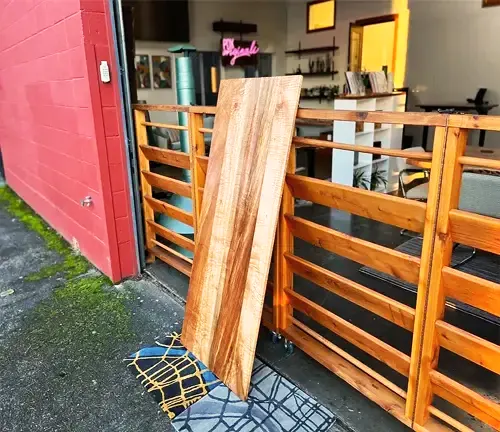
Shiplap
Shiplap, a classic choice for interior and exterior wall coverings, features prominently in architectural designs. Bigleaf Maple wood’s natural charm comes to the forefront when used for shiplap applications. Its fine grain and creamy appearance create a timeless elegance that complements a range of design aesthetics. Whether it’s accentuating the interior of a cozy home or adding character to the exterior of a rustic cabin, Bigleaf Maple shiplap enhances architectural beauty while offering durability.

Wooden Crates
Bigleaf Maple wood plays a crucial role in the construction of wooden crates, especially those tasked with safeguarding delicate or valuable cargo. Its capacity to withstand wear and tear elevates its status in the world of packaging, where durability is paramount.

Wood Decking
With proper treatment and sealing, Bigleaf Maple wood can serve as an excellent choice for outdoor decking. Its inherent stability and resistance to decay make it a practical and visually appealing option for creating enduring and visually pleasing decks.
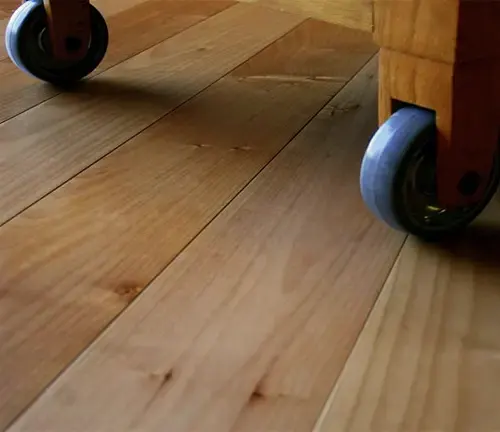
Live Edge Siding and Slabs
Live edge siding and slabs are beloved for their ability to bring the natural world indoors. Bigleaf Maple’s distinctive character shines in live edge applications, where the wood is minimally processed to preserve its organic, irregular edge. This technique yields siding and slabs that capture the essence of the tree, with all its unique knots, grain patterns, and undulating shapes. In both residential and commercial settings, Bigleaf Maple live edge siding and slabs serve as captivating focal points, adding warmth and authenticity to any space.
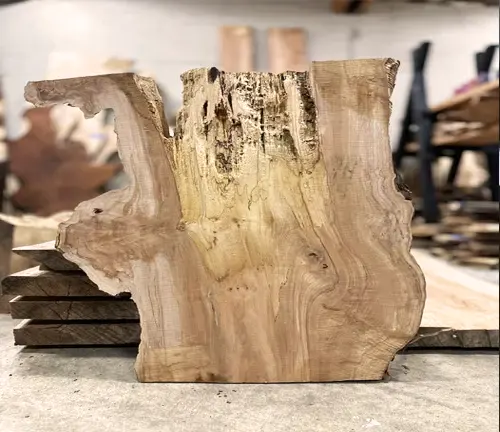
Beams
In the realm of construction and architecture, Bigleaf Maple wood beams offer both strength and sophistication. These beams are often used as structural supports and decorative elements in various building projects. With their attractive grain patterns and creamy hues, Bigleaf Maple beams not only provide stability but also contribute to the overall aesthetics of a space. Whether used for exposed ceiling structures in homes or as architectural accents in commercial buildings, these beams exemplify the harmony of form and function in design.

FAQs
- What is Bigleaf Maple wood known for?
Bigleaf Maple wood is renowned for its fine texture, creamy to pale yellow coloration, and versatile applications in woodworking and construction due to its unique properties. - Where is Bigleaf Maple commonly found?
Bigleaf Maple (Acer macrophyllum) is primarily native to the Pacific Northwest of North America, particularly in regions like British Columbia, Washington, and Oregon. - What are some popular uses of Bigleaf Maple wood?
Bigleaf Maple wood is commonly used in crafting furniture, plywood, pallets, and various construction materials due to its workability and durability. - How does Bigleaf Maple wood compare to other hardwoods?
Bigleaf Maple wood is favored for its fine texture and smooth appearance, making it an excellent choice for decorative and fine woodworking, although it may not be as hard as some other hardwoods. - Is Bigleaf Maple wood suitable for outdoor applications?
Yes, Bigleaf Maple wood can be used for outdoor applications such as decking and fencing when properly treated and sealed due to its resistance to decay. - What are the unique characteristics of Bigleaf Maple’s live edge siding and slabs?
Live edge siding and slabs retain the natural, irregular edge of the wood, showcasing its knots, grain patterns, and organic shapes, making them a popular choice for adding a rustic and authentic touch to interior and exterior spaces. - Why are Bigleaf Maple cants important in the timber industry?
Bigleaf Maple cants, large square or rectangular logs, are crucial in the timber industry as they serve as raw material for further processing, such as creating lumber, veneer, and various wood products. - What are the advantages of using Bigleaf Maple wood for pallets?
Bigleaf Maple wood is valued for its resilience and moisture resistance, making it a reliable choice for crafting pallets that secure goods during transportation, contributing to efficient supply chains.
Thank you for joining us on this journey through the world of Bigleaf Maple Wood. Its unique characteristics and versatile applications make it a standout choice for many. Whether you’re a woodworker, a musician, or simply an admirer of nature’s craftsmanship, we hope this exploration has deepened your appreciation for this remarkable wood. If you found this information valuable, don’t forget to like, share, and subscribe for more fascinating insights. Stay inspired and keep crafting with the beauty of Bigleaf Maple Wood. Until next time!


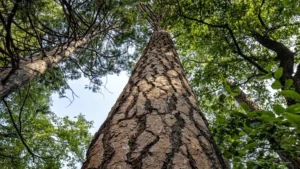

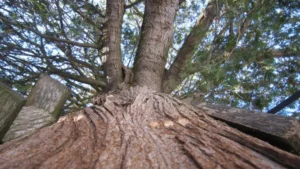
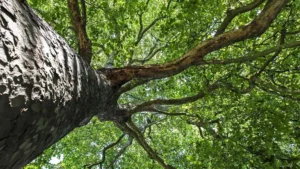

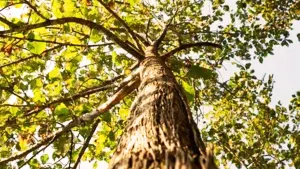
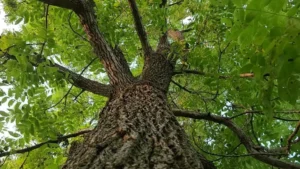

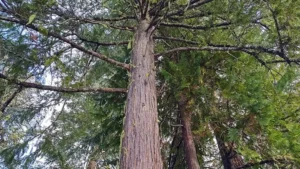
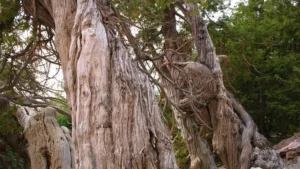
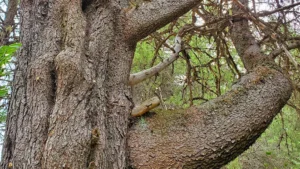
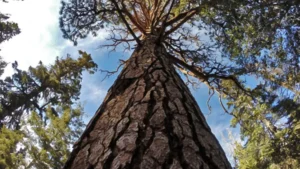
Leave your comment